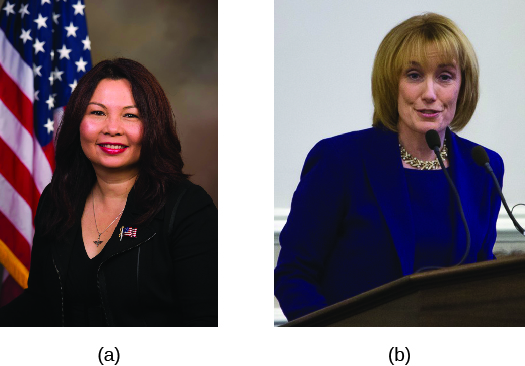FUNDRAISING
Even with a carefully planned and orchestrated presidential run, early fundraising is vital for candidates. Money helps them win, and the ability to raise money identifies those who are viable. In fact, the more money a candidate raises, the more he or she will continue to raise. EMILY’s List, a political action group, was founded on this principle; its name is an acronym for “Early Money Is Like Yeast” (it makes the dough rise). This group helps progressive women candidates gain early campaign contributions, which in turn helps them get further donations (Figure).

Early in the 2016 election season, several candidates had fundraised well ahead of their opponents. Hillary Clinton, Jeb Bush, and Ted Cruz were the top fundraisers by July 2015. Clinton reported $47 million, Cruz with $14 million, and Bush with $11 million in contributions. In comparison, Bobby Jindal and George Pataki (who both dropped out relatively early) each reported less than $1 million in contributions during the same period. Bush later reported over $100 million in contributions, while the other Republican candidates continued to report lower contributions. Media stories about Bush’s fundraising discussed his powerful financial networking, while coverage of the other candidates focused on their lack of money. Donald Trump, the eventual Republican nominee and president, showed a comparatively low fundraising amount in the primary phase as he enjoyed much free press coverage because of his notoriety. He also flirted with the idea of being an entirely self-funded candidate.